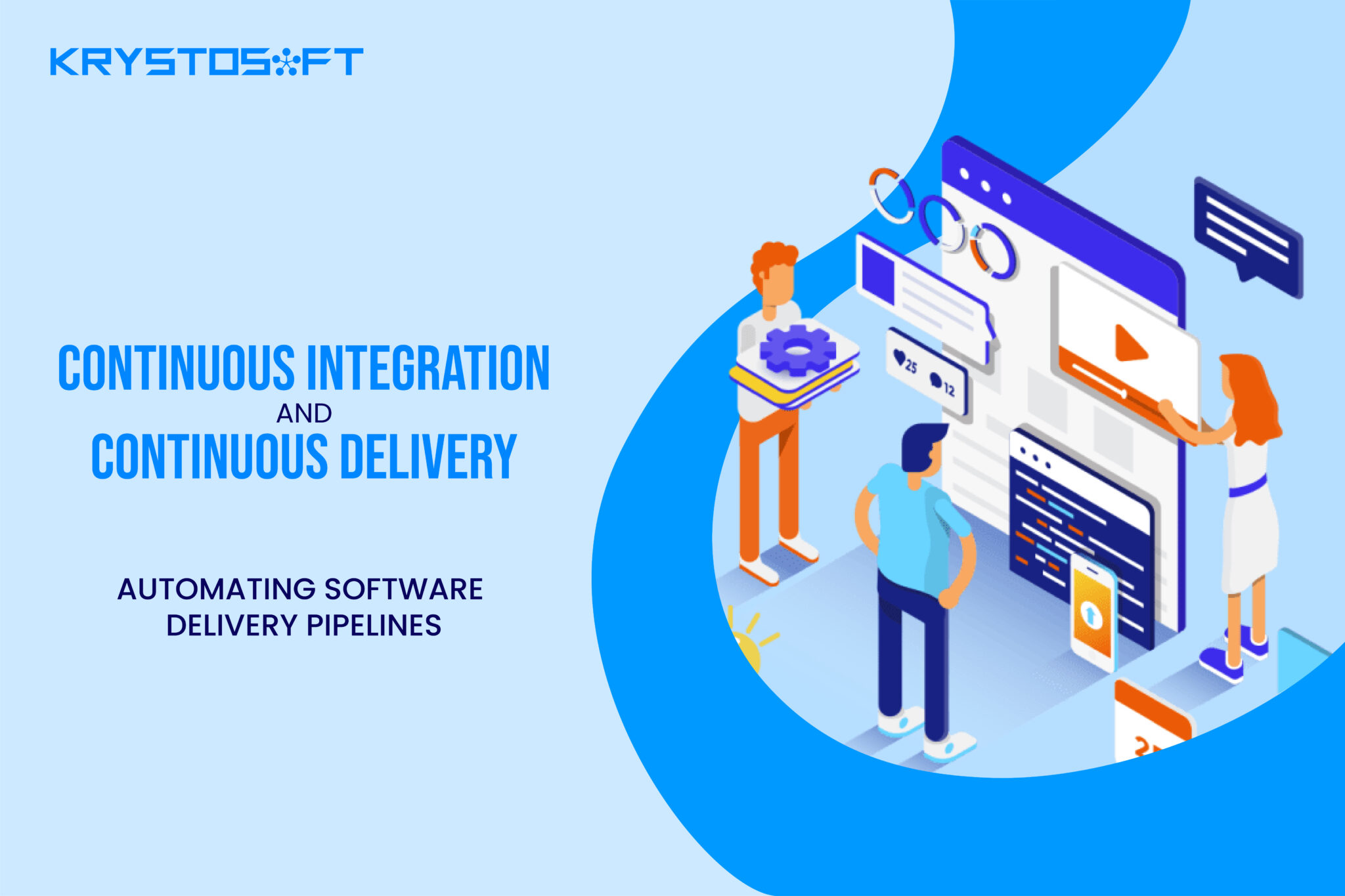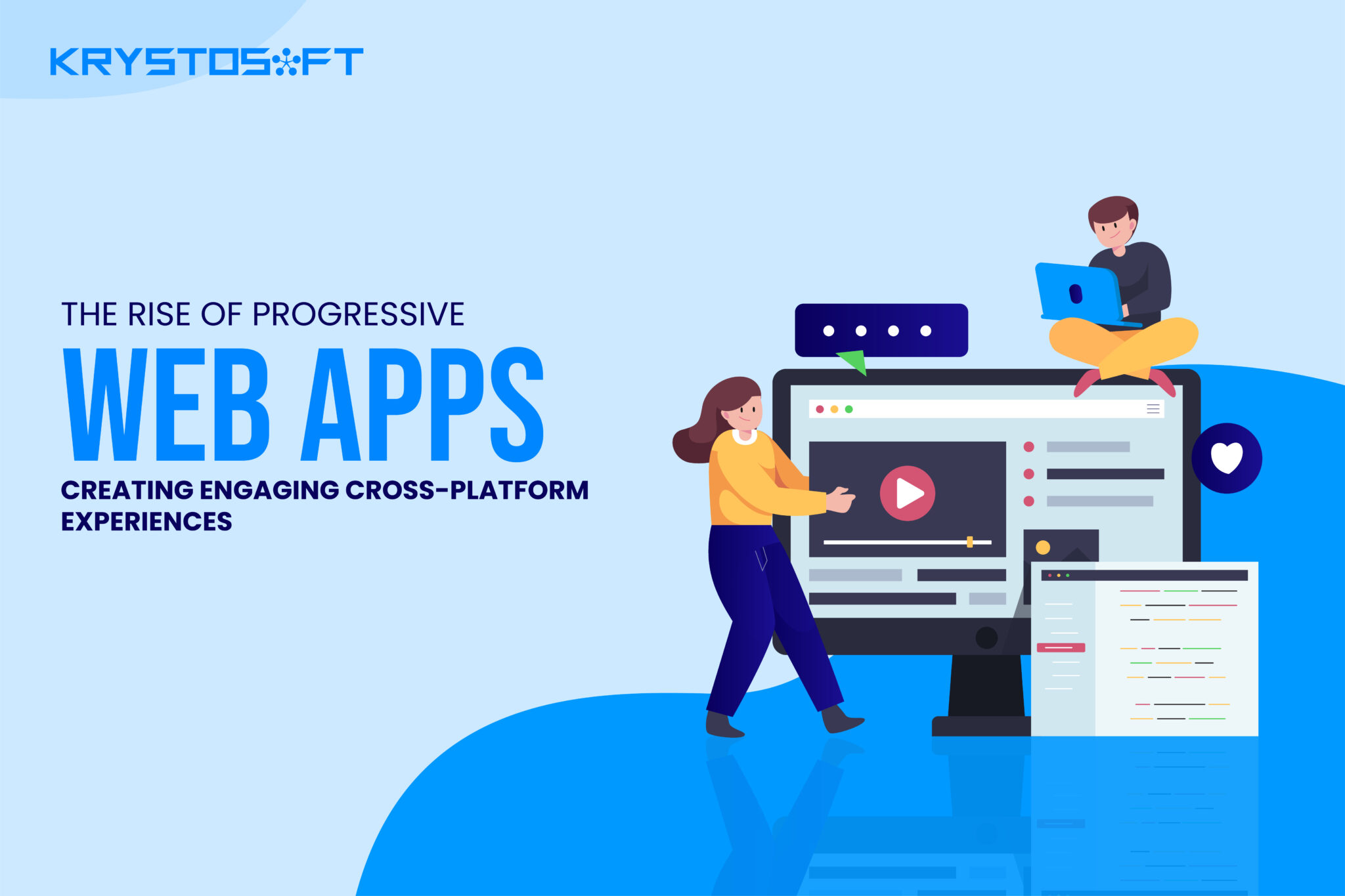In today’s fast-paced world, developing and updating software continuously to meet the growing demand and changing needs is important. The two essentials that stand paramount in addressing these needs are “continuous integration” and “continuous delivery.” in today’s blog, we’ll study both of these in detail. So, we’ll look at how CI ( continuous integration) and (continuous software delivery) CD automate the development process.
Understanding Continuous Integration
For a moment, consider yourself part of a team of developers working on software. You prepare a code, and so do your members. Unfortunately, both codes don’t sit well together.
Now, you’ll have to start all over again. However, this isn’t the case when you practice CI (Continuous integration). Why’s that? Because CI ensures that it continuously runs tests to check for issues once the code is updated.
As a result, you can address fresh problems at the exact point, avoiding last-minute issues that require you to start from scratch.
So, is it successful?
As per the numbers in 2022, the CI tools market stood at USD 970.52 million. By 2030, this market will reach 4377.77 million. Therefore, we can see an ever-growing demand for CI tools. Thus, as a developer, you need to get hold of one.
Next, let’s talk about continuous delivery (CD) and how it completes the other end of the software delivery pipeline.
What Is Continuous Delivery
While CI only ensures that your code is always on-point, continuous software delivery (CD) looks at the bigger picture and makes sure that the overall software is always ready for deployment.
But both things go hand in hand. First, CI keeps updating your code through a single source. Simultaneously, continuous delivery tests the code during staging and production. As a result, a prototype of your software is always ready for release.
So, continuous delivery helps prepare your software continuously for inevitable release. Now, let’s look at the broader picture and explore the benefits of using a CI/CD pipeline to develop software.
Benefits of Using a CI/CD Pipeline To Develop Software
Using a continuous integration and continuous software delivery pipeline has numerous advantages for both development and marketing. Let’s explore them.
1. Improved flexibility to changes
A CI/CD pipeline makes you more flexible to incorporate changes in your software. How? Because you are developing parts of the software. Like they say “The whole is bigger than the sum of its parts.” Thus you can separately pinpoint issues in each step and correct them accordingly.
2. Improved productivity of developers
Developing a CI/CD pipeline automates tasks. Therefore developers don’t have to add in deliverables automatically. Hence, they can focus more on the process of developing rather than delivering.
3. Better code quality
Using automatic testing and code analysis helps code quality, as the testing quickly notifies all the issues in the code, which developers can correct on the spot. So, the code sits well, resulting in a smooth and functional product.
According to a LinkedIn article from “UTrust for Software Testing and Quality Services,” CI has become an essential component of modern software development, enabling teams to deliver high-quality software more efficiently.”
So, using a CI/CD pipeline ensures that our code is on point.
4. Lesser chances of error
Automatic testing also decreases the chances of error in phases like testing, deployment, and configuration. As a result of automation, the execution of each task is preset. Thus, there is less human input, reducing the chances of human error which is detrimental to organizations.
According to research findings and corporate surveys, downtime leads to unwanted expenses, waste of resources, and inevitably, decreasing profitability.
According to a study from the Aberdeen group, titled “Maintaining Virtual System Uptime in Today’s Transforming IT Infrastructure.” The hourly cost of downtime is $260000. Thus, downtime leads to increasing costs and consequently, decreasing profitability.
However, these errors can be avoided by automating tasks with the help of a CI/CD pipeline.
Hence, creating a CI/CD pipeline has numerous benefits for software development. Next, we’ll look at how you can design an effective CI/CD pipeline for your software.
Creating An Effective CI/CD Pipeline
Here are the steps to help you create a good CI/CD pipeline.
1. Choose an easy-to-use platform
Choose a platform that is user-friendly, scalable, and responsive. Because the platform is the backbone of your development and the feedback it provides will help you correct errors. However, if this is not the case, you might end up in hot waters, so choose wisely.
2. Never ignore what the pipeline says
Choose a platform that is user-friendly, scalable, and responsive. Because the platform is the backbone of your development and the feedback it provides will help you correct errors. However, if this is not the case, you might end up in hot waters, so choose wisely.
3. Keep the branches short
Choose a platform that is user-friendly, scalable, and responsive. Because the platform is the backbone of your development and the feedback it provides will help you correct errors. However, if this is not the case, you might end up in hot waters, so choose wisely.
4. Implement as much automation as possible
Make sure that most of your testing protocols are automated. Thus, minimize human intervention to reduce the chances of error. Remember, last-minute errors are just like the ant’s bite to the elephant.
Ensure that you follow these steps and you’ll develop the optimum pipeline to help you develop software. Now, let’s revisit and see what we have learned.
Choose a platform that is user-friendly, scalable, and responsive. Because the platform is the backbone of your development and the feedback it provides will help you correct errors. However, if this is not the case, you might end up in hot waters, so choose wisely.
Key Takeaways
Software development continues at an ever-increasing pace, with each day seeing continuously changing consumer demands. As a developer, the best way to make your customers happy is by creating efficient, errorless, and user-friendly software in less time.
Continuous integration and continuous software delivery pipelines automate the development process by conducting tests at each stage, ensuring minimal chances of error, less downtime, and revisions. Moreover, they provide other benefits, such as boosting developer productivity and creating better code. Therefore, having a CI/CD pipeline is important.
However, when creating a pipeline, make sure to include maximum automation, shorter branches, and use user-friendly software.





